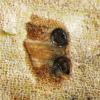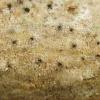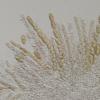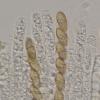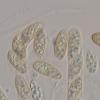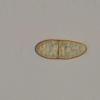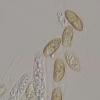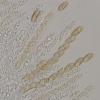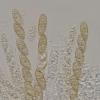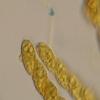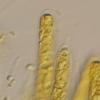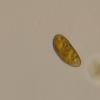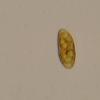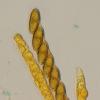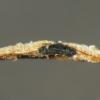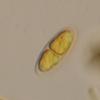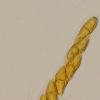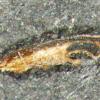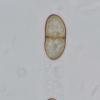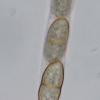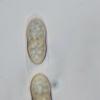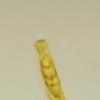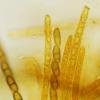
08-01-2026 21:22
 Blasco Rafael
Blasco Rafael
Hola, He recogido esta muestra de Orbilia sobre Re

07-01-2026 10:24
 Danny Newman
Danny Newman
Pezicula sp. on indet. hardwood Appalachian Highl

07-01-2026 22:22
 Danny Newman
Danny Newman
Tatraea sp. on indet. hardwood The Swag, Great Sm

07-01-2026 17:29
 Marc Detollenaere
Marc Detollenaere
Dear Forum,On a barkless Populus I found some smal

10-11-2021 17:33
 Riet van Oosten
Riet van Oosten
Add-on topic http://www.ascofrance.com/forum/7059

07-01-2026 10:05
 Danny Newman
Danny Newman
cf. Chaetospermum on XylariaCosby Campground, Grea

02-01-2026 17:43
MARICEL PATINOHi there, although I couldn't see the fruitbody, I

04-01-2026 17:45
 Stephen Martin Mifsud
Stephen Martin Mifsud
I was happy to find these orange asmocyetes which
Amphisphaeria on Sambucus
Gernot Friebes,
07-02-2017 11:04
this was found on the weekend on a corticated branch of Sambucus nigra. I looked through the paper by Wang et al. but to no avail. I'm hoping that someone might recognize this fungus!
The ascomata are immersed, ascospores are smooth, 1-septate, without a sheath, about 15-17 x 6-7 µm, asci are IKI+ and generally shorter than 110 µm (in dead state).
Best wishes,
Gernot
Jacques Fournier,
07-02-2017 11:21

Re : Amphisphaeria on Sambucus
Hi Gernot,
I don't know your fungus but did you notice that ascospores seem to be distoseptate on your last photo?
This might fit A. depressa as described by Wang et al., as most of other characters.
But disospetate ascospores are not typical of Amphispaeria as noted by Wang et al. You should look also into Lepteutypa.
Good luck!
Best,
Jacques
I don't know your fungus but did you notice that ascospores seem to be distoseptate on your last photo?
This might fit A. depressa as described by Wang et al., as most of other characters.
But disospetate ascospores are not typical of Amphispaeria as noted by Wang et al. You should look also into Lepteutypa.
Good luck!
Best,
Jacques
Gernot Friebes,
07-02-2017 13:02
Re : Amphisphaeria on Sambucus
Hi Jacques,
thanks for sharing your valuable opinion on this fungus! With the key in Wang et al. I also arrived at A. depressa and I agree that the dead ascospores seem to be distoseptate although it isn't as obvious in living spores, so I was unsure. That said, the observations by Wang et al. are also based on dead material. The shape of the ascomata seems to fit fairly well too (see below). I also add a few more photos of dead ascospores.
I looked around Lepteutypa but didn't come across a similar species. Í think we might actually be on a good track with A. depressa.
Best wishes,
Gernot
thanks for sharing your valuable opinion on this fungus! With the key in Wang et al. I also arrived at A. depressa and I agree that the dead ascospores seem to be distoseptate although it isn't as obvious in living spores, so I was unsure. That said, the observations by Wang et al. are also based on dead material. The shape of the ascomata seems to fit fairly well too (see below). I also add a few more photos of dead ascospores.
I looked around Lepteutypa but didn't come across a similar species. Í think we might actually be on a good track with A. depressa.
Best wishes,
Gernot


